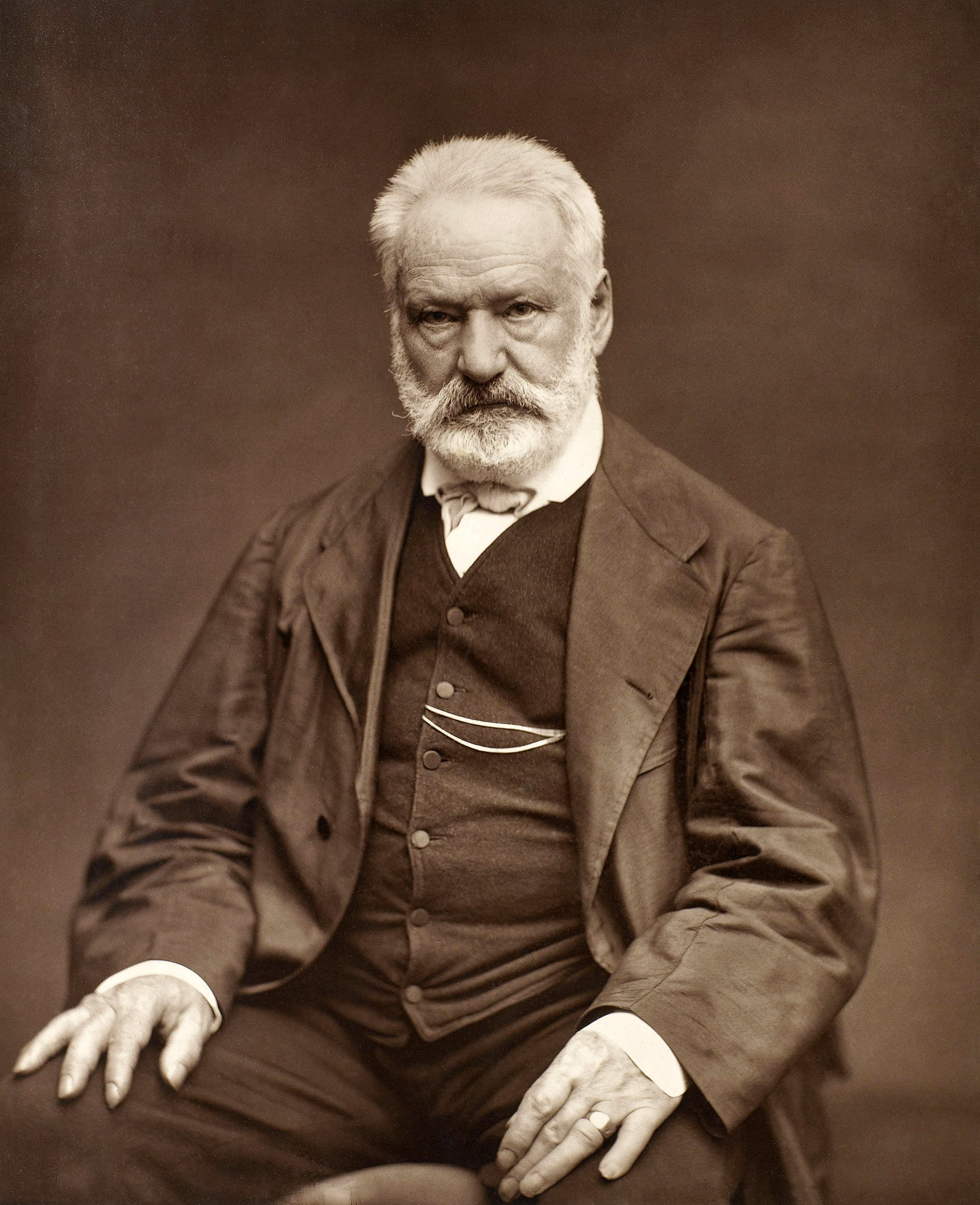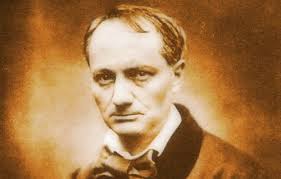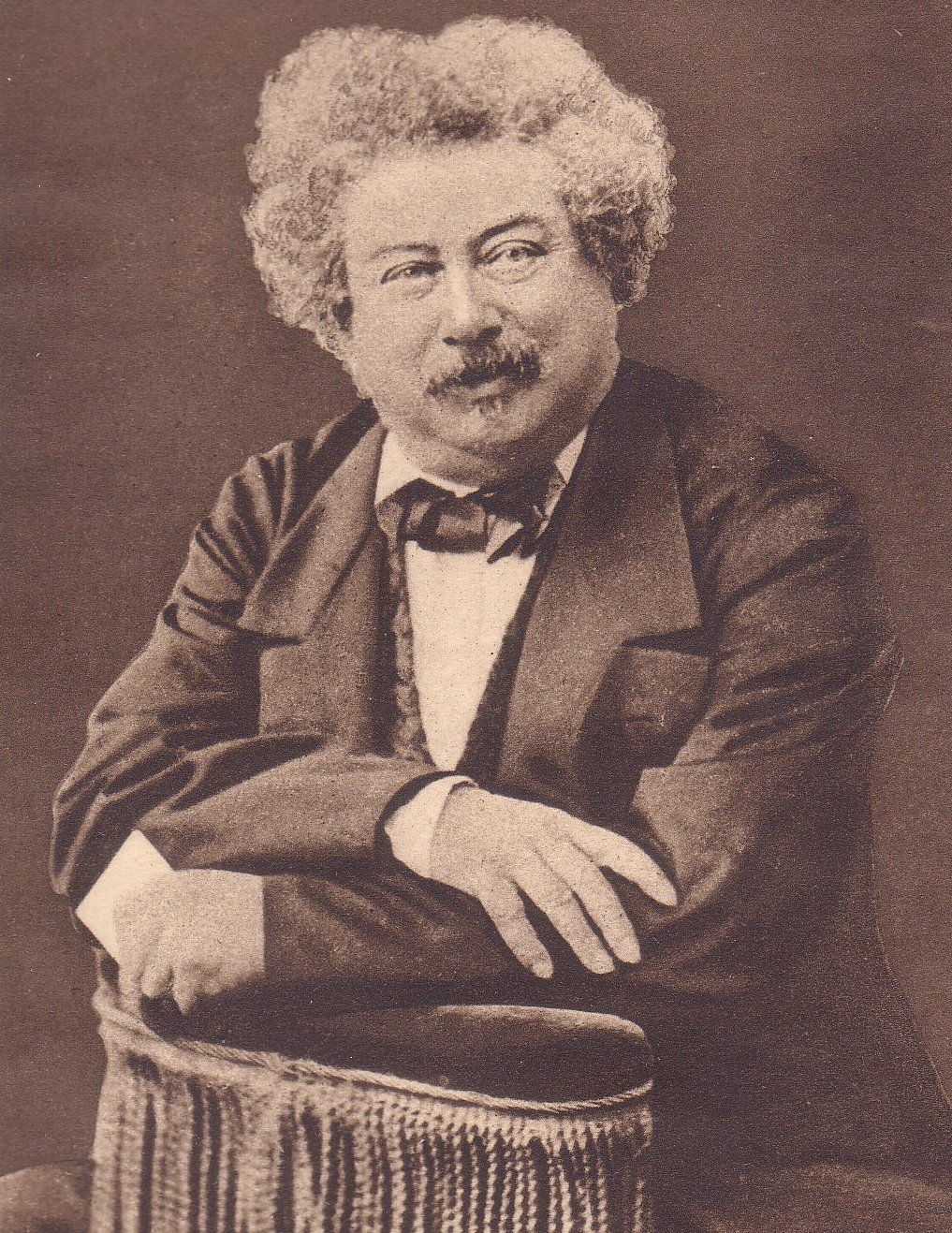Yes, Richard Gere is annoying. No, there isn’t a credible left defense of continued Chinese rule in Tibet.
“Free Tibet” has long been a celebrity cause, one marshaled by generations of Hollywood actors and liberals looking for a cause. Socialists, however, have been more skeptical.
China’s invasion of Tibet, many argue, ended feudal and theocratic rule and started a liberation process that continues to this day. They’ll admit that the People’s Republic of China hasn’t run Tibet flawlessly. Mistakes were made; the Cultural Revolution was unfortunate. But you wouldn’t want to see the Dalai Lama back, would you?
Almost willfully, this narrative overlooks the way in which Tibet has been a victim of old-fashioned colonization. The record of the last sixty years is striking: an invasion by a more powerful neighbour that produced tens of thousands of refugees; manmade famines that killed tens of thousands more; attempts to wipe out local culture, religion, and language; and rule by thousands of Chinese officials, the vast majority of whom never spoke Tibetan; and decades of violent repression.
The oft-repeated claim that Tibet represents an integral part of the country has an unspoken conclusion: Tibet belongs with China, irrespective of the population’s wishes. This mantra expresses a power relationship that runs counter to any principle of self-determination.
Granted, American supporters of Tibetan nationalism don’t add much credibility to the campaign. Not only do the flakiest of Hollywood stars seem drawn to the cause like moths to a flame, but, much more seriously, the CIA and State Department have long supported the Tibetan government-in-exile. In the early 1960s, the CIA trained guerrillas to fight inside Tibet — a plan every bit as successful as the Bay of Pigs invasion.
But there is simply no escaping the fact that China occupies Tibet in much the same way Western empires of the nineteenth and twentieth century occupied large parts of Africa and Asia. Further, China’s claims to have “liberated” Tibet ring hollow, and the continuing Tibetan resistance represents an important call for self-determination.
Defining Tibet
The word “Tibet” often refers to different geographical and political entities, so it’s useful to start with clear definitions.
The Tibetan plateau makes up just over a quarter of China’s total land surface, comprising the Tibetan Autonomous Region (TAR), Qinghai province, and parts of Gansu, Sichuan, and Yunnan provinces. It is one of the most sparsely inhabited regions of the world, with a population of between ten and eleven million, between six and seven million of whom are Tibetan (all figures are disputed and approximate). All of China’s major rivers — as well those in east and south Asia — rise on the plateau.
For the last thousand years, Tibet has been politically divided between central and western Tibet, previously ruled by the Dalai Lama and today called the TAR, and the two regions of Amdo (now Qinghai province and part of Gansu) and Kham (parts of Sichuan and Yunnan provinces), where local rulers historically held political power.
The three regions nevertheless largely share the same culture, religion, and language, and when Tibetans speak of Tibet, they mean the whole plateau, not just the Tibetan Autonomous Region.
Control of Tibet has remained central to all variants of modern Chinese nationalism, but this is not purely ideological. It is also rooted in the plateau’s strategic importance, both for its sheer size and geographical command of central Asia, as well as being the source of China’s two largest rivers. So far, however, the cost of controlling Tibet far outweighs the occupation’s economic gains, despite aggressive campaigns to find mineral wealth.
Those who defend China’s occupation tend to rely on three main arguments: the historical, the political, and the economic.
One Thousand Years of Friendship
The historical argument uses imperial history to demonstrate that Tibet has been part of China since the Tang dynasty (618–907 CE). In 641, the marriage of a Tang princess to the Tibetan emperor cemented this alliance. As the official People’s Daily puts it:
In plain terms, Tibet has been part of China since ancient times. The thousand-year Tibetan–Han relationship covers two stages: in the Tang Dynasty, Tibetans and Han people formed an alliance; since the Yuan Dynasty, they have belonged to the same country.
This glosses over quite a bit of history. The Tibetan empire had comparable size and strength to China. In fact, it drove Tang dynasty troops out of what is now Xinjiang Province, and, in 762, briefly occupied Changan (present-day Xian), which was then the Chinese capital. In the late ninth century, it collapsed due to internal warfare — shortly before the Tang dynasty fell for similar reasons.
The claim that “since the Yuan dynasty, they have belonged to the same country” isn’t wrong, but it would be more accurate to say that Kublai Khan’s Mongolian empire conquered both China and Tibet.
Following the overthrow of Mongol rule by the ethnic Chinese Ming dynasty in 1368, ties between China and Tibet loosened. According to A. Tom Grunfeld — a generally pro-Chinese historian — “from 1566 to the fall of the Ming in 1644, political relations between Beijing and Lhasa were apparently non-existent.”
The fall of the Ming coincided with the establishment of rule by the Dalai Lama and the Panchen Lama. The two mutually reinforcing positions have served as spiritual leaders across Tibet, but their political control rarely extended beyond the central and western areas.
The far more expansionist Qing dynasty — which replaced the Ming rulers — gradually increased control over Tibet during the nineteenth century, primarily in response to growing pressure from the British in India. British imperialists were obsessed with the “Great Game” — their name for the conflict with Tsarist Russia over central Asia — and, in late 1903, the United Kingdom invaded Tibet in an operation known as the Younghusband expedition.
The British forces fought their way to Lhasa, killing some 2,700 Tibetan troops along the way. They then promptly withdrew, taking huge amounts of plunder with them. The whole affair demonstrated that China was powerless to defend Tibet from the British, and, following the 1911 revolution, which ended the Qing dynasty, the Tibetan government quickly expelled the Chinese presence. As centralized rule in China fell apart, Tibet became effectively free of outside control.
Chinese propaganda may claim that it and Tibet have a long history of unification, but the history shows a rather different picture — given the opportunity Tibet has thrown off any outside control.
Liberation
Political defenses of Chinese rule often begin by arguing that China’s 1950 invasion liberated the population from feudalism. Tibet was indeed a desperately poor, disease-ridden society ruled by serf-owning lords. But the same argument could be used to justify conquests in Africa, Asia, and Latin America on the grounds that the conquered were already subjected to oppressive social systems.
The liberation argument turns out to be anachronistic as well. As Robert Barnett, one of the leading historians of Tibet, points out:
China made no claims at the time of its invasion or liberation of Tibet to be freeing Tibetans from social injustice. It declared then that it was liberating them from “imperialism” (meaning British and US interference). The issue of freeing Tibetans from feudalism appeared in Chinese rhetoric only after 1954 in eastern Tibet and 1959 in central Tibet.
For the first few years, the Chinese government worked with and through the Tibetan aristocracy and political establishment while also skillfully exploiting the divisions in the ruling class, particularly between the Dalai Lama and Panchen Lama — or rather between their entourages, as both were teenagers.
They had less success winning over the population, not least because the huge cost of the occupation required maintaining feudal forced labor. Refugees fled Kham and Amdo, where China established its rule much more quickly, and their accounts of the new rulers only added to the tensions.
In 1955, the government began land collectivization, forcing nomads to settle. Tibetans met this with major resistance: late that year, fighting spread across both regions, and a major rebellion erupted in Kham in early 1956. The Taiwanese government and the CIA gave some support to the uprising, but these outside forces in no way inspired the movement. The limited arms they delivered made no substantial difference. Nevertheless, American involvement no doubt contributed to China’s determination to strengthen its control over the region.
Three years later, Lhasa rose in open rebellion. Following its defeat, the Dalai Lama and around one hundred thousand refugees — from a total population of some three million — fled to India. Chinese accounts represented the rising as directly organized by the CIA. Tsering Shakya, however, argues convincingly that this is not the case.
The original demonstrations were “not only expressing their anger against the Chinese but their resentment against the Tibetan ruling elite who, they believed, had betrayed their leader.” He also highlights the leading role the artisans’ guilds and mutual aid societies of the (very small) Tibetan working class played in the rebellion.
The CIA did help the Dalai Lama escape, though this involved only two agents. In the following years, the American agency supported would-be guerrillas, but their numbers stayed small and their impact on the ground close to zero. Compared to Indochina, the sums involved were tiny, and shrank further throughout the 1960s. Grunfeld notes that, by 1970, “CIA money had totally dried up” and concludes that “American involvement did not alter the situation in Tibet in any discernable manner after 1959.”
Following Richard Nixon’s visit to China in 1971, the countries entered into a mutually convenient alliance against the Soviet Union — something often forgotten by those who see China as a constant target for American imperialism. Part of the price for that alliance was ending all American support for Tibetan emigreé groups.
Following the 1959 revolt, the Chinese Communist Party (CCP) abandoned its cautious policy and established full control over central Tibet, which was formally incorporated as a province-level autonomous region in 1965. On the upside, the TAR was spared Mao’s Great Leap Forward, a disastrous attempt in the late 1950s to stimulate rapid economic growth through forced labor. The effects in other Tibetan regions were among the worst anywhere in China — Gansu, Qinghai, and Sichuan provinces had some of the highest death tolls.
Following forced collectivization, officials made peasants substitute their traditional barley crop with wheat, which would not thrive at such high altitudes. In 1962, the Panchen Lama — China’s most prominent supporter among the Tibetan elite — wrote Mao a biting letter detailing the consequences of this policy and pleading for a change: “Although Tibet was in the past a barbarous society under the rule of feudalism, grain was never this scarce.” He was subsequently removed from all official positions and jailed, to be released only in 1977.
Even after the famine ended, living standards remained low due to the demands coming from the huge Chinese government and military presence. In 1966, the Cultural Revolution brought a wholesale assault on Tibetan culture. As Grunfeld notes:
The damage caused by the wanton destruction and the fighting was awesome. . . . Even if we discount stories of thousands of Tibetans killed . . . verifiable activities of the Red Guards are horrifying enough. There were killings and people hounded into suicide. People were physically attacked in the streets for wearing Tibetan dress or having non-Han hairstyles.
In 1959, a millenarian revolt broke out, marked by the wholesale slaughter of Chinese and Tibetan officials. At its high point, the uprising covered eighteen counties. The Chinese army hunted down these rebels and publicly executed their rulers in Lhasa, but the revolt showed the scale of China’s failure.
After Mao
When Deng Xiaoping and his supporters came to power in 1978, their reform agenda rejected the legacy of the Cultural Revolution and allowed a greater degree of personal freedom, believing this would win the regime renewed popular legitimacy. In Tibet, as in Xinjiang, this involved admitting to some of the damage done and loosening the reins significantly.
Thousands of people were released from prison, taxation was reduced, monasteries were reopened, and Tibetan officials were rapidly promoted. Over 40 percent of all ethnic Chinese living in the TAR left between 1980 and 1985. Hu Yaobang, one of Deng’s closest associates, was sent to Tibet to oversee the process, and the first-ever Tibetan-speaking first party secretary was appointed. In 1979, a delegation from the Dalai Lama was allowed to visit, drawing huge crowds.
Living standards improved rapidly, though as Tsering Shakya notes, this only meant that they “returned to the level the people had enjoyed before the Chinese ‘liberation.’” These concessions whet appetites for much greater change.
In September 1987, a small number of monks staged the first public protest in Lhasa since 1959, possibly organized to mark the Dalai Lama’s visit to the United States earlier that month. All were arrested. A few days later, police beat protesters holding a small demonstration in support of the monks, and the city exploded. As Robert Barnett, who was in the city during the protests, described:
About 2,000 Tibetans then besieged the local police station to demand the release of the monks detained inside. Eventually they set fire to the door of the station to enable those prisoners to escape. When the authorities opened fire on the crowd, around ten people were shot dead, including children, with several times that number wounded.
Then, in early 1989, the Panchen Lama died, removing China’s most senior supporter. Funeral marches turned into scuffles with the police, and, on March 5, the cops opened fire, killing at least ten people. The riots that followed were the largest since 1959, occupying the center of Lhasa for three days. Hundreds were killed and thousands jailed in the subsequent repression.
The much larger movement that began in Beijing in May and the Tiananmen Square massacre on June 4 overshadowed these protests, although students at Lhasa University struck in solidarity with Beijing. Some four hundred reportedly held out as late as May 21. The nationwide crackdown that followed hit Tibet especially hard. Martial law, imposed in March, lasted for over a year and saw tanks on the streets of Lhasa in early 1990.
Finding the Panchen Lama’s replacement cost China even more supporters in the Tibetan religious hierarchy. According to Tibetan Buddhism, when either the Panchen Lama or the Dalai Lama dies, their spirit is reincarnated in a young boy born at the time of their death. Monks from the deceased Lama’s monastery find the reincarnation and bring him to the other for final approval. So, the Dalai Lama ultimately chooses who will be the next Panchen Lama, and — crucially — the Panchen Lama chooses who will be the next Dalai Lama.
In 1995, the Chinese government and the Dalai Lama each announced that they had found the reincarnation. The Dalai Lama’s choice is presumed to be under arrest with his family. When the government tried to impose its choice on the Panchen Lama’s home monastery, a revolt erupted — in what had previously been the main base of religious support for Chinese rule in the TAR — and a number of leading monks went into exile.
Beijing subsequently enshrined its support for the principle of reincarnation in state regulations, insisting that
To maintain the validity and purity of all living Buddha reincarnation and uphold the solemnity of the law, it is necessary to reiterate the key principle already enshrined in the new rule that any reincarnated living Buddha, appointed against the rule [that the government has the final say in ‘recognizing’ a reincarnation], is illegal and invalid.
In 2002, China opened negotiations with the Dalai Lama’s representatives, holding out the possibility of a political settlement that would allow him to return. Inside Tibet, however, repression increased, with ever greater restrictions on monasteries. At the same time, economic development caused huge environmental damage and left most Tibetans further excluded from economic growth.
The tensions exploded in March 2008. The Dalai Lama declared that six years of negotiations had led nowhere. Monks from the Sera monastery in Lhasa took to the streets in his support, and security forces attacked with tear-gas and cattle-prods, then live ammunition. By the end of the week, thousands of people were fighting against a massive police and army presence with stones. Rioters took control of substantial parts of Lhasa.
The protests spread across the TAR, and more importantly, across the rest of the plateau. The government admitted to killing demonstrators in the towns of Luhuo and Aba in Sichuan province. In Gansu province, the BBC reported that high school students led a major uprising in the town of Hezuo. The Guardian’s website showed footage of several thousands demonstrating in Xiahe, where they were tear-gassed by police.
One Tibetan expert from the London School of Economics argued that “in terms of the scale of the protests and the subsequent troop deployment, there has not been anything like this since the 1950s.” The protests’ geographic spread was unprecedented and posed a new problem for China’s rulers. We cannot know the exact numbers involved, but, for the first time, the majority of the protests took place outside the TAR, proving that this had become a pan-Tibetan movement.
China’s media called the riots a racist pogrom, targeting Chinese and Hui Muslim residents. (The Hui are ethnically Chinese, but designated a seprate nationality by virtue of their religion.) In fact, the rioters mainly targeted symbols of Chinese occupation — such as the Bank of China and government buildings. Numerous attacks on Chinese businesses, at least one mosque, and on individual Chinese and Hui in the streets do lend credence to the Chinese account, but given the nature of the occupation, it is hardly surprising that Tibetans would see individual settlers as responsible for their oppression.
After the protests were put down, security ramped up, with internal movement restrictions, roadblocks, and an even greater police presence. The series of self-immolations that have been taking place across Tibet represent one response to this repression. Since February 2009, at least 153 Tibetans have set themselves on fire to protest Chinese rule.
It is difficult to imagine a more emblematic “weapon of the weak”: impossible to defend against or prevent. Suicide as protest has a long history in China and in several religious traditions, including Buddhism. It came to prominence in the modern era in Vietnam, when Buddhist monks burned themselves to death to protest the South Vietnamese government’s religious persecution.
The sheer duration of the Tibetan protests set them apart. The government has passed new laws making it illegal to self-immolate, to help anyone else do so, to spread news of a self-immolation, or even to organize prayers for someone who has died. Collective punishments have been imposed on the families, monasteries, nunneries, and sometimes whole villages. Since 2012, Lhasa has been essentially closed to Tibetans, already a minority in the city, who live elsewhere.
American state support for Tibetan nationalists — cut in the early 1970s as part of the Mao-Nixon alliance — has once again started to grow. Strategists, worried about Chinese economic, political, and military competition, support some Tibetan organizations, through the conduit of the National Endowment for Democracy and other vehicles.
Yet the extent of this backing shouldn’t be overstated. In 2015, they admitted giving just under $750,000 to twenty-three organizations in Tibet — peanuts, essentially. One pro-free-market project in Pakistan received more money than all the Tibetan projects combined. And both sums pale in comparison to the hundreds of millions given to Afghan mujahideen groups in the 1980s and 1990s.
In practical terms, Tibet doesn’t come into play in the overall nexus of Chinese-American relations. As two supporters of the neoconservative Project for a New American Century wrote:
Americans need to recognize that, for better or worse, we have no practical alternative to Chinese sovereignty in Tibet. . . . It would be pointless to make independence a goal when there is no chance that such a goal can be reached.
This could change. If the United States seriously targeted China as a military opponent, it could use the Tibetan movement as allies (the “Kosovo option”) and parts of the Tibetan movement would surely go along with it.
However, from the standpoint of American capital, there are good economic and political reasons not to ally with Tibetan nationalists. China owns more US government debt than any country except Japan; some 450 of the Fortune 500 companies invest in China; and most companies that produce in China have no realistic alternative that they could move to. Politically, China has been a key supporter of the global “war on terror,” and is key to the American strategy of containing North Korea.
Whether Trump understands any of those factors — or will listen to those who do — is another matter entirely. He has managed to anger both the Chinese and Taiwanese governments, as well as to start unpicking Obama’s careful work rebuilding American imperialism’s position in east Asia even before he took office. It’s impossible to predict what fresh hell a Trump executive order on China, Taiwan, or Tibet might unleash.
Regardless, a more aggressive policy toward China will likely keep Tibet on the periphery. All the key fault lines and all the potential allies are located in east and southeast Asia, not the Himalayas.
And while some Tibetan organizations will accept whatever crumbs they are offered, Tibetan nationalism cannot simply be reduced to a tool of American imperialism. It gains support from the harsh realities of Chinese rule and from the refusal of most to accept it. Recognition of that oppression is at the core of why we should support Tibetan self-determination.
Development Without Tibetans
In 2015, the official news agency Xinhua boasted about how much the Chinese government had invested in Tibet:
In the period from 1952 to 2013, the central government provided 544.6 billion yuan to Tibet in financial subsidies, accounting for 95 percent of Tibet’s total public financial expenditure. . . . Over the last two decades, a total of 5,965 of China’s best officials have been appointed to work in Tibet, 7,615 assistance projects have been carried out, and 26 billion yuan has been invested in Tibet.
Leaving aside the unfortunate echo of Kipling — “take up the white man’s burden / send forth the best ye breed” — this statement fails to mention who benefits from this spending. The majority of Tibetans still live on subsistence agriculture and livestock herding, though the Chinese policy of forced settlement is rapidly restricting this traditional economy. Something like two million farmers and nomadic herders have been forcibly resettled in newly built villages.
In the TAR and Qinghai, the establishment of nature reserves — which ban nomads but allow over-harvesting and industrial development — is driving this resettlement. These reserves now cover one-third of the land area of the TAR, and just over half that in Qinghai.
Farmers face dispossession when their land is taken for urban or industrial development. They are forced into shoddily built housing with no land for agriculture and almost nothing in the way of alternative work. In Taming Tibet, Emily T. Yeh described one such village:
Nearby construction had cut off all sources of irrigation and thus prevented them from working on their remaining farmland, and yet the village committee did not have enough capital from farmland compensation to complete construction. Villagers were thus left to wait for other work units to come and expropriate their remaining farmland so that the village could finish building their resettlement homes. Ironically, then, villagers waited idly to lose farmland so that they could use the compensation to pay to move into apartments built on their expropriated farmland.
As with the forced resettlement of indigenous peoples in the United States, Canada, Australia, and other colonial states, this creates regions — effectively ghettos — that suffer from huge social problems like alcoholism, family breakdown, and the loss of traditional skills. China, however, has added an extra twist by making those resettled pay the cost of their new housing. Yeh quotes one brutally succinct summary of how this is experienced: “This is what socialism is, right? It means we have to do whatever the leaders tell us to do.”
Some Tibetans have prospered from recent economic growth, in particular those employed as lower-level officials. In one estimate, half of Lhasa’s indigenous population works for the government. TAR spending has massively increased in recent years, fueled by direct subsidies from central government that, in 2012, amounted to 116 percent of the TAR’s GDP. Government and party administration make up over 13 percent of total economic activity. But the vast majority of that money goes toward control and coercion.
The TAR’s GDP quadrupled between 1997 and 2007, a faster economic growth rate than the Chinese economy as a whole, but that was produced almost entirely by central-government spending. The Chinese have invested heavily in construction and infrastructure for the development of the so-called two pillars of the TAR’s economy — tourism and mining — and hydroelectric dam projects. All will exclude Tibetans from everything but the lowest-paying jobs, and all will do great ecological harm.
Tourism is now pulling in some fifteen million visitors a year, five times the TAR population, who are increasingly living in a theme-park version of Tibet that one journalist dubbed the “Disneyland of Snows.” As in other developing nations, tourists largely stay inside a bubble of upmarket hotels, shopping malls, and organized trips that exclude the local population and bring little benefit to them.
Tourism has little ecological impact, as it is concentrated in just a few areas. But mining, still in its infancy in the TAR, will do far more damage. Mining and mineral extraction have long been the major industries in Qinghai, centered on the Qaidam basin in the province’s northwest. For almost fifty years, the Chinese government has extracted coal, oil, asbestos, salt, lead, zinc, and other minerals. It now plans for tar-sands oil extraction and fracking for gas.
The damage has been enormous. Mining has destroyed half of the area’s primitive forest. Pipelines leak, asbestos and copper mining wastes are rampant, and industrial waste has completely polluted water resources.
Large-scale mining hasn’t fully developed in the TAR — only a few copper and gold mines are currently in production. The isolation of the reserves and the huge amount of investment needed to exploit them has helped slow this process, but Tibetan resistance has also played a part. Several self-immolations have focused on mining operations as have a number of large-scale mobilizations, which met severe repression. Paramilitary police fired on crowds at least twice, both times killing at least one person.
It’s worth emphasizing that the very different rules of engagement used on mass protests are another indicator of Tibet’s colonial status. In China, police rarely fire on protesters, and protesters are rarely killed by police action. Instead, privately hired thugs carry out most political violence. But in Tibet, as in Xinjiang, it has become the standard practice.
Mining causes large-scale ecological damage, as dangerous chemicals get into rivers and the water table and spoil-heaps scar the landscape. The impact of hydroelectric dams can be even greater, as the effects are felt the whole length of the river.
China has pioneered hydroelectric generation, which produces just under a fifth of all its electricity. Now dams are being built or planned on most of the major rivers that flow out of Tibet — including in Burma, Nepal, and Pakistan. Some two million people depend on these rivers for drinking water, irrigation, fishing, and other essentials of life. The dams threaten to severely disrupt the ecology of a huge part of Asia, potentially affecting the livelihoods of hundreds of millions of people.
Ironically, they are designed to power an industrial expansion whose waste products will likely erode the water sources industry relies on. Tibet is called the “third pole” because of the volume of water locked up in its almost forty thousand glaciers. But global warming means they are shrinking at a faster rate than even the Arctic or Antarctic. China of course is not solely responsible for climate change, but the runaway growth of the past twenty-five years, coupled with lax environmental controls, has contributed greatly to the problem.
The environmental impact of China’s Tibetan occupation may well turn out to be the most severe consequence of all.
Self-Determination From Below
The immediate prospects for change in Tibet are bleak. As opposition has stepped up in recent years the so-called government in exile, located in Dharamsala in northern India, seems more and more distant from what is happening on the ground.
The Dalai Lama is an oddly contradictory figure, one minute describing Marxism as being “founded on moral principles, while capitalism is concerned only with gain and profitability,” the next asserting that “America is [the] leading nation of free world. American principles, democracy, liberty: right now these things [are] very important.” He matters as a figurehead, with more religious than political authority, rather than the leader of any kind of national movement.
In fact, the government in exile consists of a collection of fairly faceless bureaucrats who mainly provide services to the refugees still managing to get out of Tibet. And there is not — nor can there be — any succession strategy. The Panchen Lama must recognize the Dalai Lama’s reincarnation, giving Beijing a huge advantage over the exiled government.
This growing division between internal resistance and external organization goes back a long way. In 2008, Tsering Shakya wrote:
The refugees in India have developed an ideology and forged a nationalistic sentiment such that they have come to see themselves as defenders of Tibet and the Tibetan people. On some occasions this has verged on a view where they see themselves as the “true” representatives of the Tibetans and view the Tibetans inside Tibet as merely passive, oppressed victims.
Futher, the Tibetan author Woeser notes in Tibet on Fire that most self-immolation protesters are explicitly calling for independence for Tibet — unlike Dharamsala, which simply wants negotiations with Beijing. The Dalai Lama’s advice to be patient and to practice nonviolence goes increasingly unheeded.
The odds against a free Tibet are overwhelming, which makes it more astonishing that people have not given up and that opposition to Chinese rule remains as strong as ever. China’s “soft power” has actually declined here — many of those willing to collaborate with Beijing have now died, and Tibetans in Amdo and Kham seem to increasingly identify with Tibetan independence.
We should support their struggle. If socialism doesn’t mean doing whatever the leaders tell us, but rather making ourselves the subjects of our own history, then we must see Chinese rule in Tibet for what it is — colonialist oppression that needs to be fought. We may not be able to do very much about it right now, but we can start by knowing which side we are on.
………………….

























